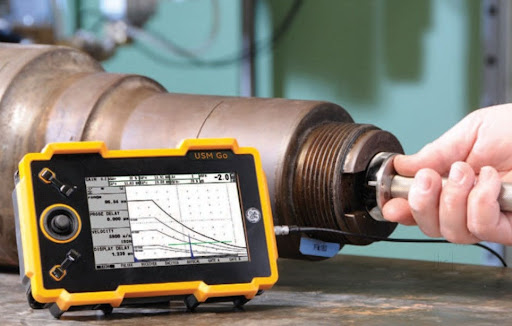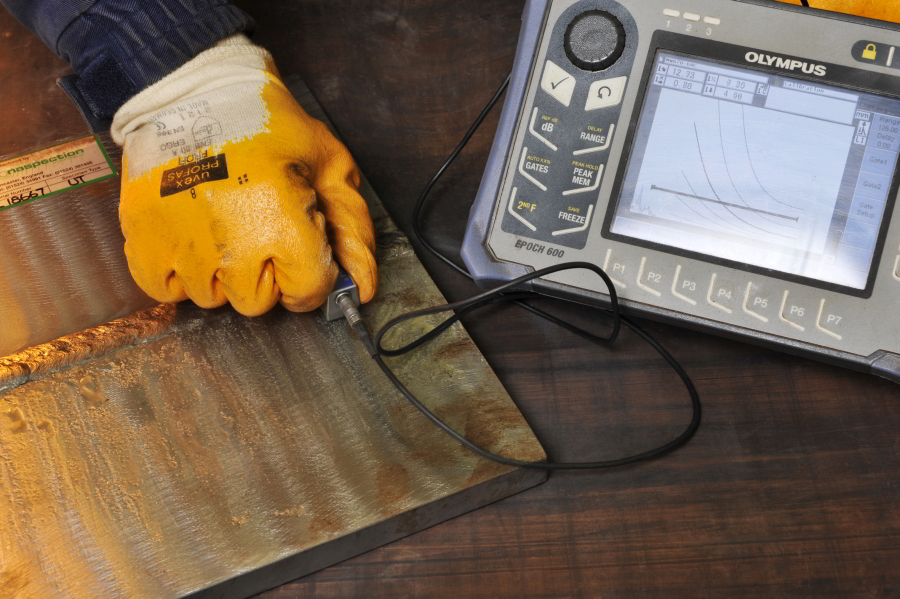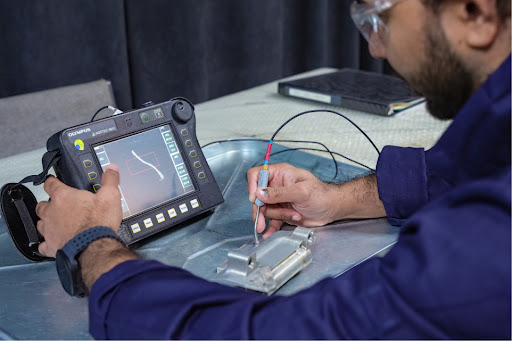In the world of quality assurance, understanding the difference between low and high frequency inspection is crucial for maintaining standards and ensuring the safety and reliability of products. This article will delve into the nuances of these inspection types, providing valuable insights for industry QA professionals.

What is Low Frequency Inspection?
Low frequency inspection refers to checks that are conducted less frequently, often at longer intervals. These inspections are usually more detailed and comprehensive, as they aim to catch issues that may have developed over time.
High Frequency Inspection: A Closer Look
On the other hand, high frequency inspection involves regular checks that occur at shorter intervals. These inspections are typically less detailed but are essential for ensuring ongoing compliance and catching potential issues early.
Key Differences Between Low and High Frequency Inspection
1. Frequency of Inspections
The most apparent difference is the frequency. Low frequency inspections might occur annually or semi-annually, whereas high frequency inspections could happen weekly or monthly.
2. Level of Detail
Low frequency inspections tend to be more thorough, covering a wide range of potential issues. In contrast, high frequency inspections focus on specific, critical aspects that require constant monitoring.
3. Resource Allocation
Low frequency inspections often require more resources, such as time and personnel, to conduct a comprehensive assessment. High frequency inspections, being more routine, are generally less resource-intensive.
Why Choose Low Frequency Inspection?
Low frequency inspections are ideal for systems or products that do not change rapidly and where detailed oversight is necessary. They allow for a deep dive into potential issues, ensuring long-term reliability.
Benefits of High Frequency Inspection
High frequency inspections are crucial for environments where conditions change rapidly and where immediate feedback is necessary. This approach helps in maintaining continuous compliance and catching issues early before they escalate.
Industries That Rely on Low Frequency Inspection
Industries such as aerospace and heavy manufacturing often rely on low frequency inspections due to the complexity and longevity of their products.
Common Applications for High Frequency Inspection
Industries like food production and pharmaceuticals benefit from high frequency inspections due to the need for stringent quality control and rapid response to any deviations.
Technological Advances in Inspection Methods
With the advent of technology, inspection methods have evolved. Tools such as AI and machine learning are enhancing both low and high frequency inspections by providing more accurate and faster assessments. For instance, real-time anomaly alerts in HVAC systems can now be achieved through AI advancements, as discussed in real-time anomaly alerts in HVAC.
The Role of AI in Inspection
AI plays a significant role in optimizing inspection processes. Automated systems can now handle routine checks efficiently, freeing up human resources for more complex tasks. This is particularly beneficial in high frequency inspections where speed and accuracy are paramount. More about this can be explored in control loop optimization using AI.
Case Study: Implementation of Inspections in HVAC Systems
In HVAC systems, both low and high frequency inspections are critical. Low frequency checks might involve comprehensive evaluations of refrigerant levels, which are automated using AI, detailed in automated refrigerant level detection. High frequency inspections, however, could focus on daily operational parameters to ensure systems are running efficiently.
Conclusion
Understanding the difference between low and high frequency inspection is essential for industry QA professionals. Each type of inspection has its place and importance, depending on the industry and specific needs. By leveraging technology, these inspections can be made more efficient and effective, ensuring high standards of quality and safety.

FAQs
1. How often should equipment be inspected?
The frequency of inspections depends on the industry and the type of equipment. For more detailed guidelines, you can refer to how often should access equipment be inspected.
2. Can AI replace human inspectors?
While AI can significantly enhance inspection processes, human oversight is still necessary for complex evaluations and decision-making.
3. What industries benefit most from high frequency inspections?
Industries like food production, pharmaceuticals, and HVAC systems benefit from high frequency inspections due to the need for constant monitoring and rapid response to changes.
This article contains affiliate links. We may earn a commission at no extra cost to you.
